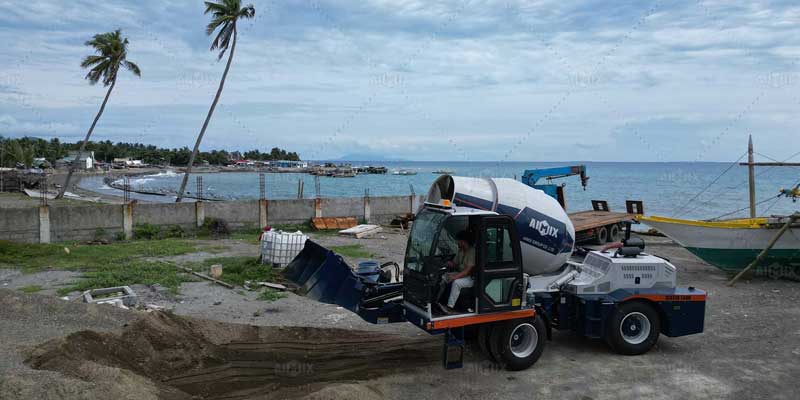


Discover how local and overseas manufacturers influence concrete mixer prices across Kenya’s growing construction equipment market.
Concrete remains the cornerstone of infrastructure and urban development in Kenya, with its demand surging across both rural settlements and metropolitan skylines. As the country pushes for road expansion, affordable housing, and commercial real estate development, the need for affordable and reliable concrete mixers becomes critical. Prices of these machines, however, are far from static. They fluctuate widely — often influenced not by local demand alone, but by the intricate interplay between local and overseas manufacturers. Understanding how these two forces impact market pricing is essential for contractors, builders, and project managers seeking long-term value. This article explores the nuances behind the concrete mixer price in Kenya through the lens of production origin.
Local manufacturers play a vital role in keeping transportation and logistics costs to a minimum. Since the machines are produced within Kenya or its neighboring regions, the overall cost of freight, port clearance, import duty, and inland transportation is significantly reduced. This proximity translates to lower unit prices for the buyer. Moreover, local sourcing offers a logistical edge: concrete mixers can be delivered within days, reducing project downtime and boosting efficiency.
Delivery timelines can influence the total cost of construction indirectly. A delay in machinery delivery might cause cascading project hold-ups. Local suppliers, by contrast, tend to offer on-demand inventory and shorter procurement cycles — key contributors to cost stabilization in fast-paced construction environments.
Concrete mixers built by local manufacturers often reflect an acute understanding of Kenya’s specific climate, terrain, and concrete-mixing needs. These machines are typically ruggedized to handle red soils, high ambient temperatures, and fluctuating electricity supply. In some cases, local assemblers offer bespoke modifications — from drum capacity to axle strength — that foreign producers may not accommodate as swiftly.
After-sales service is another pricing lever. Locally made equipment comes with accessible technical support, affordable spare parts, and maintenance networks embedded in the community. This ecosystem reduces long-term operational costs and eliminates the high markups associated with imported parts or foreign technician visits.
Overseas manufacturers — especially those from China, Germany, and Italy — inject cutting-edge innovation into the Kenyan market. Their mixers often boast smart controls, hydraulic systems, GPS-integrated monitoring, and superior build quality. These high-performance features raise the sticker price of self loading concrete mixer, but offer unmatched productivity, fuel efficiency, and reduced downtime.
Though their upfront cost may appear steep, imported concrete mixers from established brands present a compelling value proposition for large-scale contractors. Their reliability reduces mechanical failures and can improve batch consistency — a vital factor in high-strength concrete applications.
Foreign exchange volatility heavily influences the price of overseas-manufactured mixers. The Kenyan Shilling’s relative strength or weakness against the US Dollar, Euro, or Chinese Yuan can lead to dramatic price swings in a matter of months. This unpredictability can make budget planning difficult for project managers relying on imported equipment.
Further compounding the cost is Kenya’s customs duty structure. Import tariffs, VAT, handling charges, and port surcharges can raise the landed cost of a mixer by 30% or more. These costs are inevitably passed down to end-users, making overseas products less competitive during economic downturns or currency depreciation cycles.
Contractors must weigh not just the purchase price but also the total cost of ownership. A cheaper local machine may require more frequent servicing and deliver lower batch volumes. Meanwhile, a high-end imported model could minimize repair needs and support 24/7 operations. The most cost-effective option lies in aligning machine features with project demands, operational frequency, and available technical support.
An emerging trend in Kenya involves hybrid models — where local manufacturers import key components like mixers, pumps, or engines, and handle final assembly domestically. This model brings down cost while retaining some international quality standards. Government incentives for industrial localization are further encouraging such collaborations, offering tax breaks and manufacturing subsidies.
For buyers, this hybridization means getting the best of both worlds: cost-effectiveness and performance durability. It fosters resilience in the local industry while still benefiting from overseas innovation and technology.
